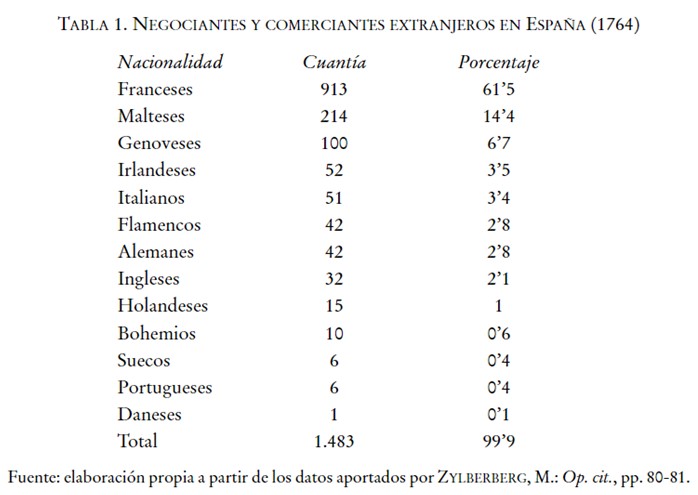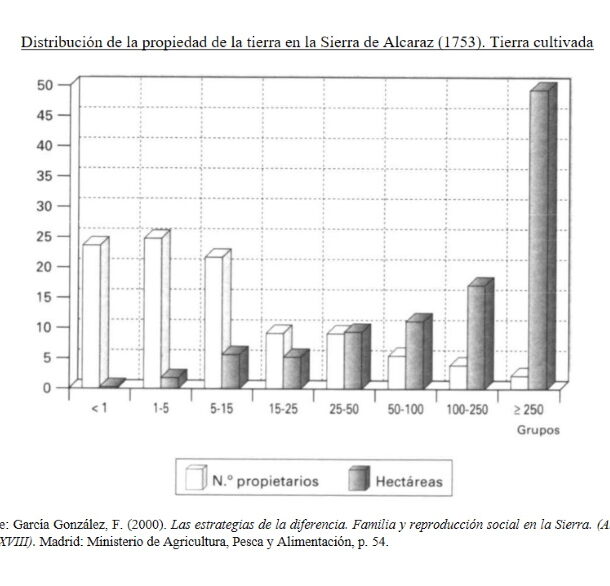One of the most characteristic groups due to their mobility and social reproduction during the Modern Age were the labour and livestock labourers. The large number of this profession, together with that of labourer and farm labourer, marked the labour activities for young people up to 35 years of age in the Sierra de Alcaraz, a study area in central-southern Spain. Why did it increase so much up to that age? These activities were a good way to enter the world of work. Of the three dominant professional groups, from the age of 35 onwards, it was the young men who abandoned their work the most to seek another livelihood, normally sponsored by the clientele networks they had acquired in their old trade, while the day labourers and farm labourers remained relatively stable until the age of 45. This structure is influenced by the life cycles of the protagonists; the departure from the family nucleus, where many of the young men’s own tasks were carried out, led them to seek another form of independent life.
Collection: Graphics
Project: 3. Rural world and urban world in the formation of the European identity., 4. Family, daily life and social inequality in Europe.
Chronology: XVIII
Scope: Secondary Education, Baccalaureate, University
Resource type: Graph
Format: Line chart
Source: García González, F. (2000). Las estrategias de la diferencia. Familia y reproducción social en la Sierra. (Alcaraz, siglo XVIII). Madrid: Ministerio de Agricultura, Pesca y Alimentación, p. 213.
Language: Spanish
Date: 2000
Owner: Pablo Ballesta Fernández (Modernalia)
Copyright: © Ministerio de Agricultura, Pesca y Alimentación © Francisco García González © Seminario de Historia Social de la Población
Abstract: Mobility and social reproduction of farmers and labourers according to their life cycle in the Sierra de Alcaraz (Albacete)
Tags








